After years of waiting, Microsoft has finally updated its industry-leading augmented reality device, the HoloLens.
During a pre-show event at the Mobile World Congress in Barcelona, Spain, HoloLens inventor Alex Kipman, along with Microsoft CEO Satya Nadella and Julia White, Microsoft's corporate vice president of Azure, took the wraps off the HoloLens 2.
Physically, the device itself isn't a huge departure from the original HoloLens. The new device looks less like a totally revamped device and more like the team worked to reduce the size, and create a slightly sleeker look.
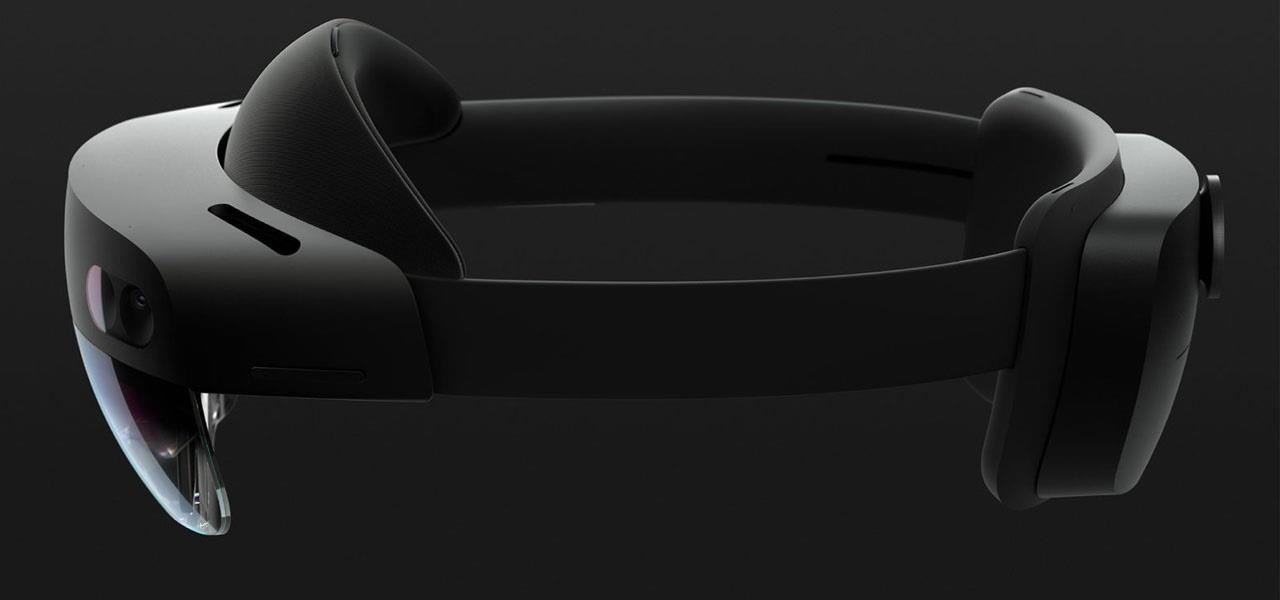
Gone is the massive visor component that sometimes made the HoloLens feel like a welder's headset. Instead, the waveguide components sit more freely in front of the device, with an array of sensors embedded in the front of the visor.

What's immediately apparent, based on the device's design alone, is that Microsoft has decided to lean into the success the HoloLens has had with enterprise customers rather than attempt to court the consumer market. Unlike the Magic Leap One, there's nothing about the HoloLens 2 that would lead anyone to consider it a consumer device.




In fact, other than the size, in some ways, the original HoloLens was probably a little more consumer-friendly, at least from an aesthetics point of view. Along those lines, the more minimalist HoloLens 2 actually looks a lot more like something that would fit in on a factory floor, and appears small enough and sturdy enough to work as daily use device.

And while the new look that comes with the HoloLens will likely draw some new attention, it's the device's technical specifications that HoloLens watchers are most interested in. Although the event itself didn't reveal a ton of specs, we now know that the field of view is two times greater than the previous HoloLens and the device will sell for $3,500 later this year.
As part of the HoloLens 2 reveal, Microsoft also announced Dynamics 365 Guides, a software suite the company calls a "mixed reality training" tool that's available for business customers.
The company also unveiled the HoloLens customization program, which allows business customers to customize the HoloLens 2 for their specific needs. The first example came from Trimble, which showed off its customization on stage.

Microsoft also announced Spatial Anchors, a cross platform initiative designed to allow ARKit, ARCore, and HoloLens developers to work with each other in an easier fashion. Next Reality covered the early rumblings of this tool last year. Later, Microsoft spent a good deal of time on stage showing off how its new Remote Rendering rendering tool works to allow remote users to share high resolution 3D models.

Epic Games CEO Tim Sweeney also got on stage to announce that support for the HoloLens 2 will be coming to Unreal Engine 4 in May. (We should also note that while on stage he broke ranks with Microsoft's "mixed reality" nomenclature and called everything augmented reality. We think it sounded just great.)
"Epic's vision and core principles are very much aligned with Microsoft's, and we're pleased to bring high-quality support for HoloLens in Unreal Engine to developers," said Sweeney. "AR is the platform of the future for work and entertainment, and Epic will continue to champion all efforts to advance open platforms for the hardware and software that will power our daily lives."
Those are the basics, which aren't basic at all, as this is Microsoft doubling down on what was once just an experiment. This is Microsoft turning the HoloLens into a full-fledged enterprise product category that appears to have a long road map within the company.
Check back soon as we'll have some hands-on impressions of the HoloLens 2, including some thoughts on its new fit and feel, field of view, general image quality, and overall performance.
Just updated your iPhone? You'll find new features for Podcasts, News, Books, and TV, as well as important security improvements and fresh wallpapers. Find out what's new and changed on your iPhone with the iOS 17.5 update.
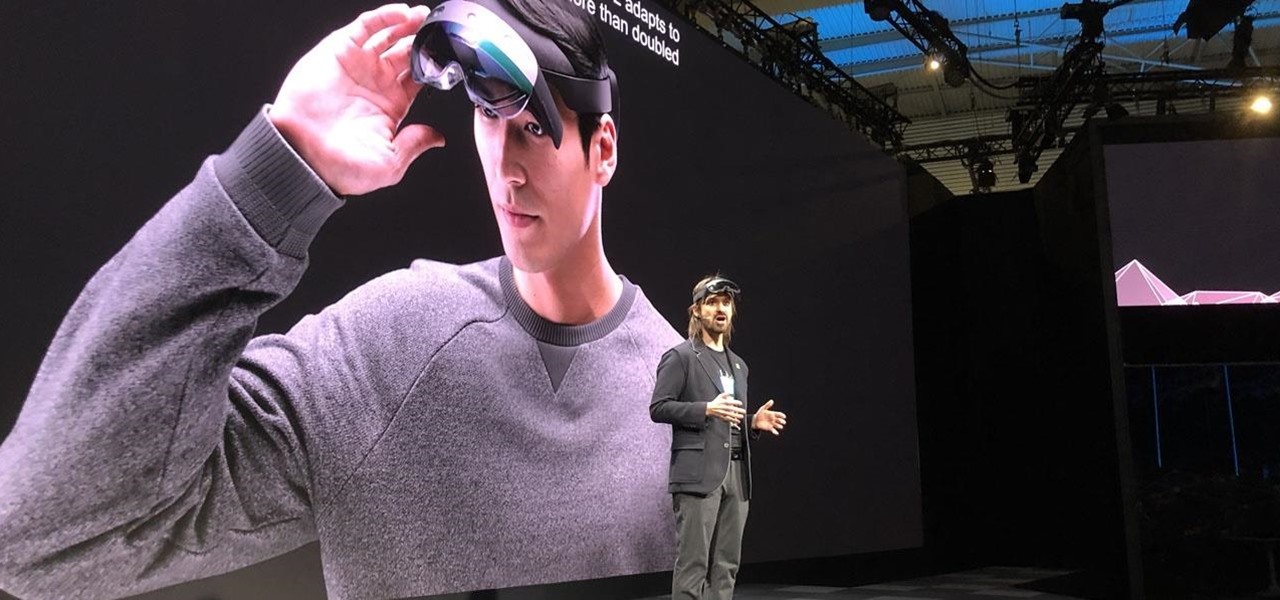


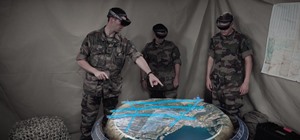
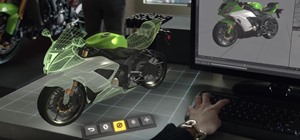

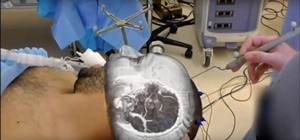


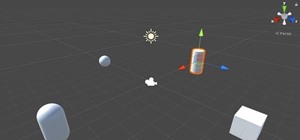

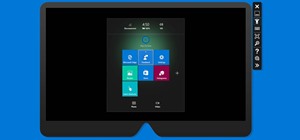

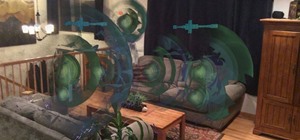
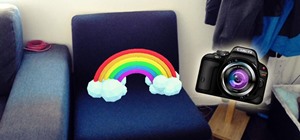
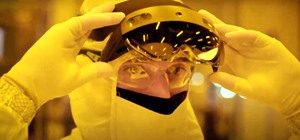
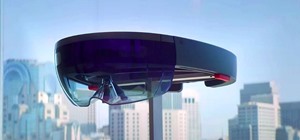
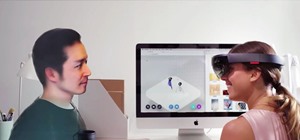
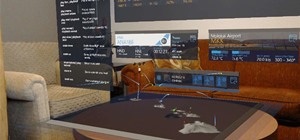
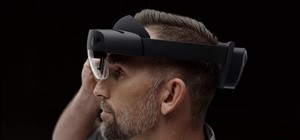
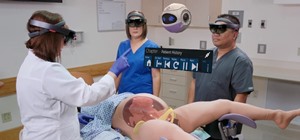
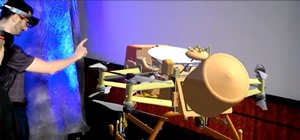
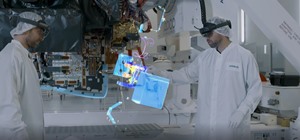
Be the First to Comment
Share Your Thoughts